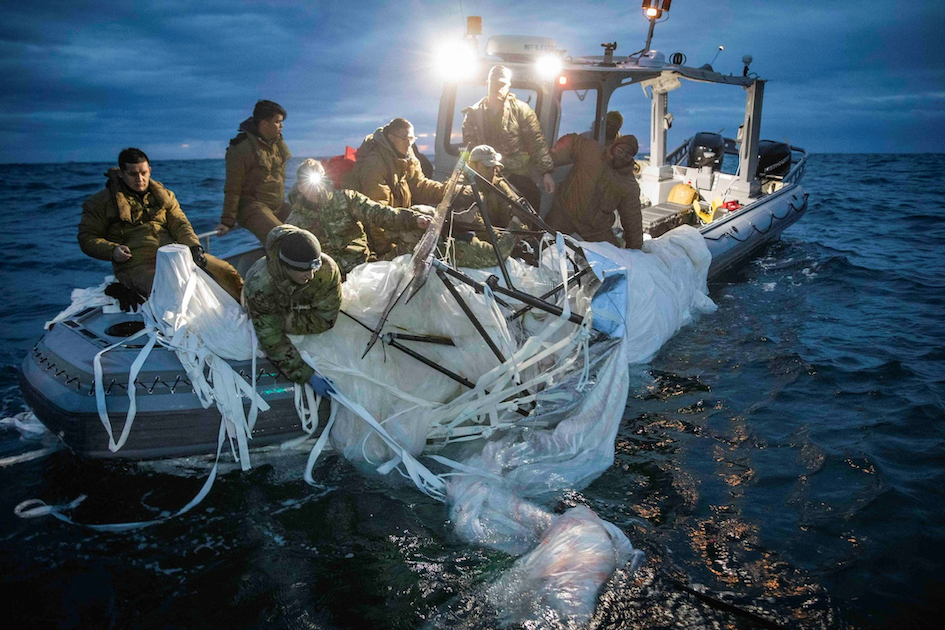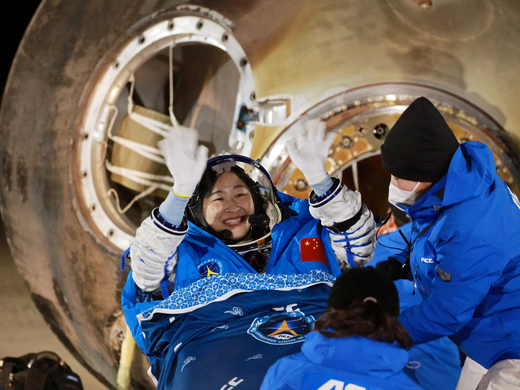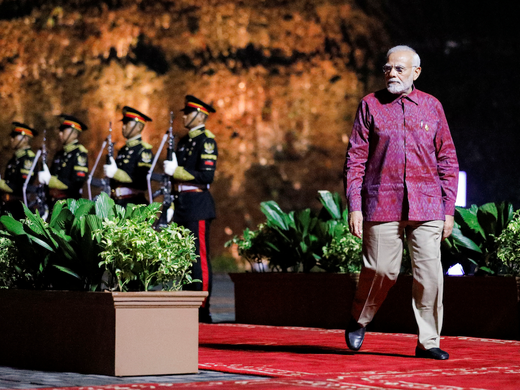On November 27, 2022, the Government of Canada announced its first Indo-Pacific strategy, which focuses on expanding trade, security and development in the Asian region. The new strategy marks a growing recognition that Canada must adapt to a changing global order. The rise of this region — which includes three of the world’s largest economies (China, India and Japan) and the world’s largest free trade zone (the Regional Comprehensive Economic Partnership) — constitutes a new stage of globalization and a deep structural reorganization of the global economy.
Notwithstanding the considerable influence of the United States, a new era is emerging. We are moving beyond the unipolar moment and into a multipolar order in which Asia is becoming the largest economy in the world. Given this changing economic landscape, Canadian foreign policy will need to focus on fostering multilateral engagement and a new “rules-based” system in which Asia is a major stakeholder.
Aimed at refocusing Canadian investments in trade, security and innovation, the Indo-Pacific strategy has been described by Foreign Affairs Minister Mélanie Joly as reorienting Canadian foreign policy. The much-anticipated strategy pledges $2.3 billion over the next five years to deepen Canada’s ties across the Asian region. These funds include $492.9 million for the Canadian Armed Forces and $750 million for FinDev Canada, with the goal of supporting “high-quality” infrastructure in line with the Group of Seven Partnership for Global Infrastructure and Investment.
Getting Canada’s Asia Strategy Right
Taken as a whole, the new strategy focuses on a “whole-of-society approach” that overlaps security and trade but also education, research, tourism, business intelligence and clean energy technologies. The strategy includes new resources for diplomacy, military preparedness, trade promotion, development assistance and technological innovation — particularly around renewables. More precisely, the Indo-Pacific Strategy outlines five interconnected strategic objectives: to promote peace, resilience and security; to expand trade, investment and supply chain resilience; to invest in and connect people; to build a sustainable and green future; and to position Canada as an active and engaged partner to the Indo-Pacific region.
In truth, Asia is becoming the centre of the global economy. With over four billion consumers, $47 trillion in economic activity and six of Canada’s top 13 trading partners, Asia is rapidly becoming a key focus in expanding the Canadian economy. It is projected that by 2040, Asia will account for more than half the world’s economy and about 50 percent of global GDP.
Understanding Asian Modernization
As Canada’s Indo-Pacific strategy makes clear, collaborating with Asian governments, universities, and commercial partners is imperative for sustaining a prosperous global order. Unlike earlier periods of industrialization, contemporary Asian modernization is built on data-driven technologies (such as cloud computing, fifth-generation mobile telecommunications, the Internet of Things, drone technologies and artificial intelligence [AI]). In fact, Asia is adopting digital technologies more quickly than any other region in the world. This “Asianization” of innovation represents the early stages of an enormous geopolitical shift.
Data-driven technologies are now so pervasive that they have become indispensable to modern transportation systems, water and power systems, electrical transmission grids, weapons systems, command-and-control systems and routine everyday communications. Data has become the fuel for a global data economy and, as economist Dan Ciuriak concludes, we are entering a world of “machine knowledge capital.” Indeed, the real value of data is found in its quantity and quality for driving innovation.
Much as oil and steel set the terms for the industrial age, so AI and robotics could now set the terms for the digital age. Innovation and the intellectual property that protects it have become critical to the commanding heights of the global economy. Canada could play a decisive role in developing the global public goods that support this transition. These include new data standards, new regulatory systems and new technology guardrails for managing the evolution of a global data economy.
Canada in a Multipolar Order
The new Indo-Pacific strategy rightly recognizes that a Canadian approach to Asia must be nested within a much broader geopolitical framework. Unlike great powers, so-called middle powers like Canada are more dependent on a rules-based system for their prosperity. As we enter a new multipolar era characterized by regional competition, Canada will need to focus on shaping a global multilateral order that ensures Asia’s peaceful rise.
Notwithstanding the strategy’s many strengths, questions about Canada’s fraught relationship with a rising China remain. At the heart of Asia’s resurgence is the return of China as the lodestone of a vast Eurasian trading system. China is now the world’s largest trading nation and a global leader in critical industries — including renewables, electric vehicles, social media, e-commerce, telecommunications, robotics, semiconductors, rail infrastructure, maritime engineering, urban planning and AI.
For much of the West, China has become a “systemic rival.” Given rising geopolitical tensions, that is understandable. The problem with treating China as an adversary in a new Cold War is that it will leave little room for cooperation — particularly in areas that represent shared global risks (such as climate change, terrorism, weapons of mass destruction and emerging technologies). Indeed, for many countries in Asia, China is not a geopolitical adversary but a key economic partner. Rather than choosing between US security and Chinese trade, most countries in the region want both.
For its part, Canada would be wise to engage with Beijing where possible, and align with the United States where necessary. Prior to the mid-nineteenth century, China and India were the largest economies in the world. Both countries are now returning to their position atop the global economy. Not surprisingly, China is already the world leader in international patent applications and has broad ambitions to become an innovation superpower.
Building Canadian Technological Capacity
Canadian technological capacity will be key to adapting to the rise of Asia. Canadian planners should work to safeguard domestic innovation even as Canadian industries compete with industries in the Asian region. This could mean building out Canadian technological capacity through public-private coordination, tax incentives, public procurement and research funding. Indeed, this kind of coordinated “national system of innovation” would mean directing reciprocal flows of technology, information, people and resources across Canadian institutions.
As Canada assumes a more self-confident role in the Indo-Pacific region, our country will need to come to terms with a globally dominant Asian economy. Moving beyond the Bretton Woods era, this will mean forging new international agreements on governance even as we partner with like-minded organizations on trade and economic development (the European Union, the Association of Southeast Asian Nations and the United Nations). One thing is clear: we are now moving into a new multipolar order in which Asia will be the largest economy in the world. Finding our footing in this new era will be critical to ensuring Canadian prosperity.



